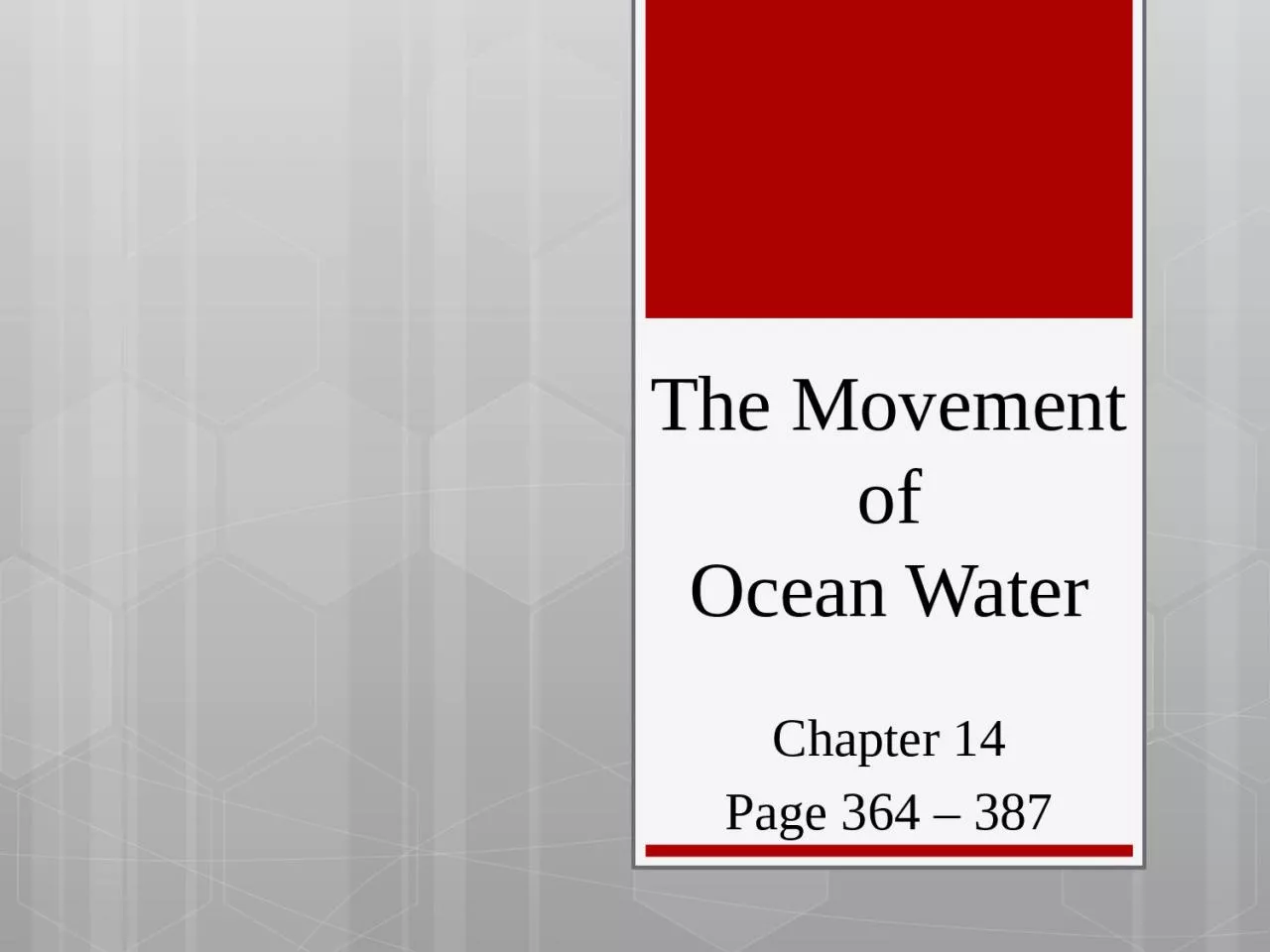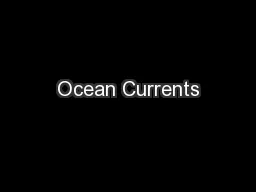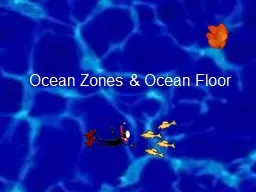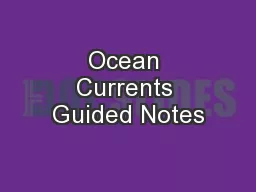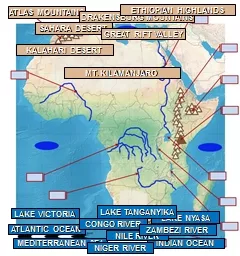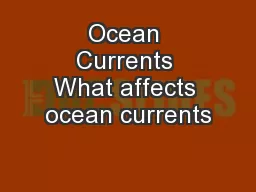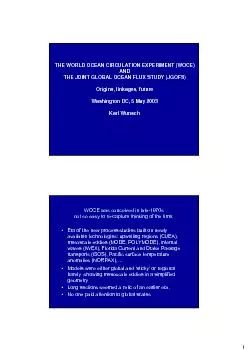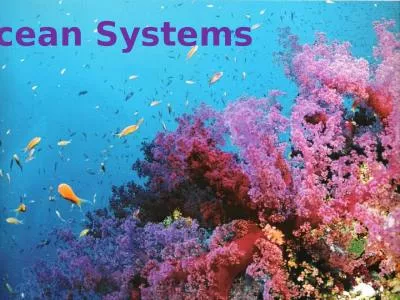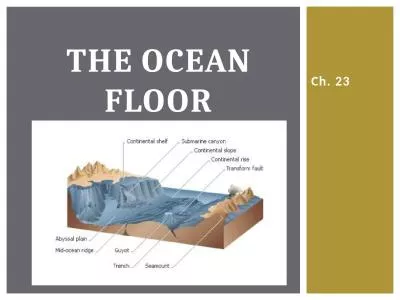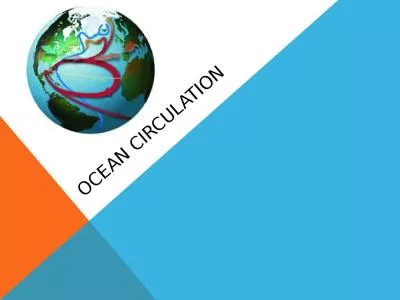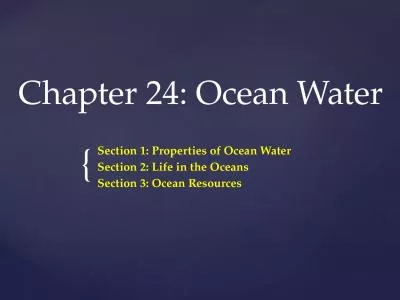PPT-The Movement of Ocean Water
Author : harmony | Published Date : 2023-10-27
Chapter 14 Page 364 387 Currents Imagine that you are stranded on a desert island You stuff a distress message into a bottle amp throw it into the ocean hoping
Presentation Embed Code
Download Presentation
Download Presentation The PPT/PDF document "The Movement of Ocean Water" is the property of its rightful owner. Permission is granted to download and print the materials on this website for personal, non-commercial use only, and to display it on your personal computer provided you do not modify the materials and that you retain all copyright notices contained in the materials. By downloading content from our website, you accept the terms of this agreement.
The Movement of Ocean Water: Transcript
Download Rules Of Document
"The Movement of Ocean Water"The content belongs to its owner. You may download and print it for personal use, without modification, and keep all copyright notices. By downloading, you agree to these terms.
Related Documents

